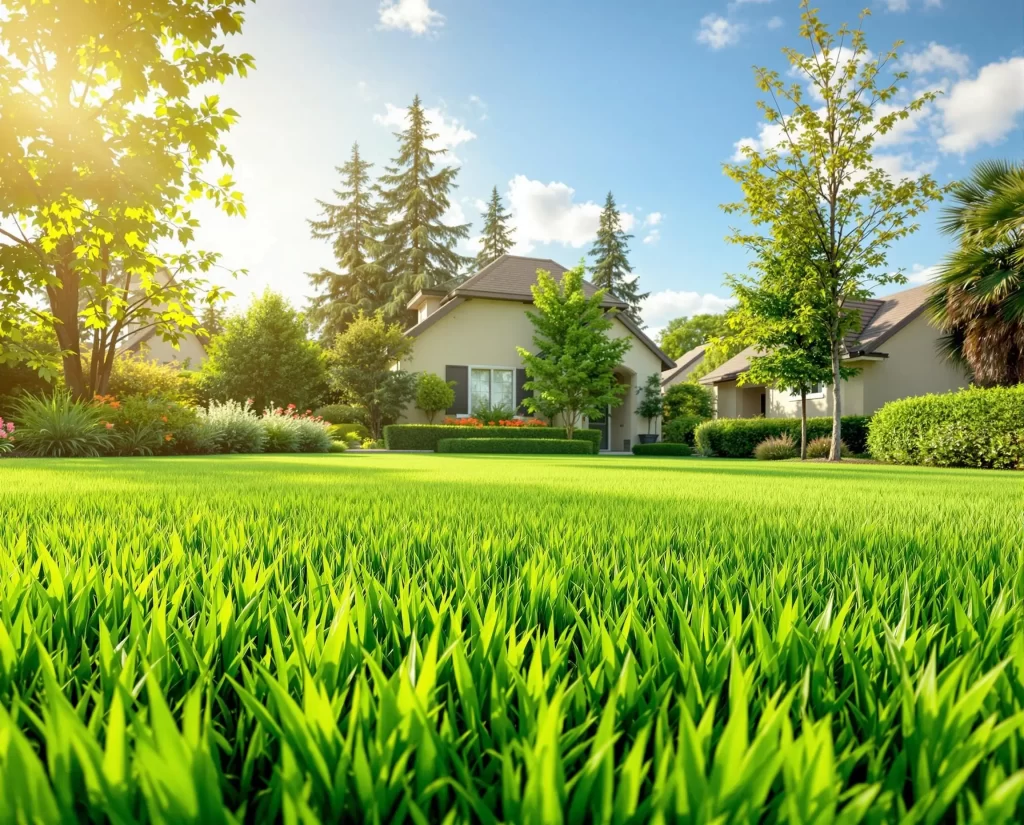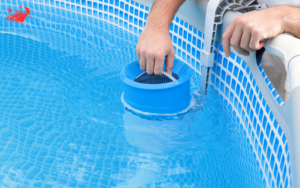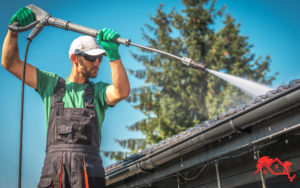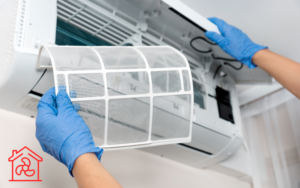INTRO
Welcome! If you’re looking to create a lush, green lawn in your home, you're in the right place. St. Augustine grass is a popular choice for many homeowners, especially in warmer climates. In this guide, I'll explore everything you need to know about St. Augustine grass, from its benefits to how I care for it, and even the professional help available if I need it. Let’s dive in!
Understanding St. Augustine Grass
St. Augustine grass is a vibrant and dense turf that thrives in warm, humid climates. I’ve always loved how quickly it establishes itself and its lush appearance.
Characteristics of St. Augustine Grass
This grass variety has broad, flat blades and a rich, dark green color. It’s perfect for lawns and is quite tolerant of foot traffic.
- Thick, lush appearance
- Tolerates heat and drought
- Grows quickly and establishes fast
Varieties of St. Augustine Grass
Within this species, several varieties stand out. Some of the most popular include:
- Floratam: Known for its resistance to pests
- Palmetto: Thrives in shaded areas
- Seville: Fine-textured grass that’s shade tolerant
Benefits of St. Augustine Grass
Choosing St. Augustine grass for my lawn brings several advantages that I can’t overlook.
Lush and Attractive Lawn
The thick blades create a beautiful carpet-like effect that enhances my home's curb appeal.
Pest Resistance
I’ve found that many varieties resist common pests, reducing the need for frequent treatments.
Easy Maintenance
With proper care, St. Augustine grass requires minimal maintenance, making it perfect for busy homeowners like me.
Caring for My St. Augustine Grass
While St. Augustine grass is relatively low-maintenance, I’ve learned some essential care tips to keep it looking its best.
Watering Techniques
Proper watering is crucial. I usually water deeply and infrequently to encourage deep root growth.
- Water early in the morning
- Aim for 1 to 1.5 inches of water weekly
Fertilizing St. Augustine Grass
Regular fertilization helps maintain its lush color. I opt for a high-nitrogen fertilizer during the growing season.
Mowing Tips
Keeping my grass at the right height is essential to maintain its health. I typically mow it to about 2.5 to 4 inches in height.
Common Issues with St. Augustine Grass
As much as I love my St. Augustine grass, there are a few problems I should be aware of.
Lawn Diseases
Fungal diseases, like gray leaf spot, can affect St. Augustine grass. I’ve learned to look for signs such as discoloration and treat them promptly.
Weeds and Pests
Weeds can quickly invade my lawn, so I regularly check for them and employ proper weed control methods.
DIY vs. Professional Services
While I can handle many tasks myself, I recognize when it's best to call in the professionals.
Risks of DIY
Many times, I might not have the time or expertise to tackle larger lawn issues effectively.
Benefits of Hiring Professionals
Hiring a professional service ensures that my lawn receives expert care, which can save me time and provide better results.
Testimonials
“I was overwhelmed with how quickly St. Augustine grass transformed my yard! Highly recommend!” — Robin L., Jersey City, NJ
“From the start, I noticed the difference in my lawn's health. The team was knowledgeable and friendly.” — Dan S., Jersey City, NJ
“I love my lush green grass now! The professional service made all the difference.” — Kim R., Jersey City, NJ
Did You Know?
Did you know that St. Augustine grass can spread through stolons, allowing it to fill in bare spots naturally? This unique trait makes it an excellent choice for a robust lawn!
TL;DR Summary
- St. Augustine grass is quick to establish and visually appealing.
- Proper watering, mowing, and fertilization are key for maintenance.
- It has pest resistance and can thrive in warmer climates.
- Hiring professionals can save time and ensure quality care.
FAQs
1. How often should I water my St. Augustine grass?
I typically water my St. Augustine grass once or twice a week, ensuring it gets around 1 to 1.5 inches of water. Professional services can also assess my lawn needs for optimal growth.
2. What is the best fertilizer for St. Augustine grass?
I prefer using a slow-release, high-nitrogen fertilizer during the growing season. Consulting a professional lawn care service can help me select the best product for my soil type.
3. Can I plant St. Augustine grass in the shade?
Yes, certain varieties like Palmetto thrive in shaded areas. If I have a tricky spot, getting professional advice would be beneficial to ensure my selection thrives.
4. How do I control weeds in my St. Augustine grass?
I regularly monitor my lawn for weeds and pull them out manually or apply targeted herbicides. Professional lawn care services can offer effective solutions without harming the grass.
5. What should I do if my St. Augustine grass turns brown?
Brown patches can indicate stress, disease, or pests. I act quickly to identify and resolve the issue; however, I may also consider hiring professionals for a thorough evaluation.





















































